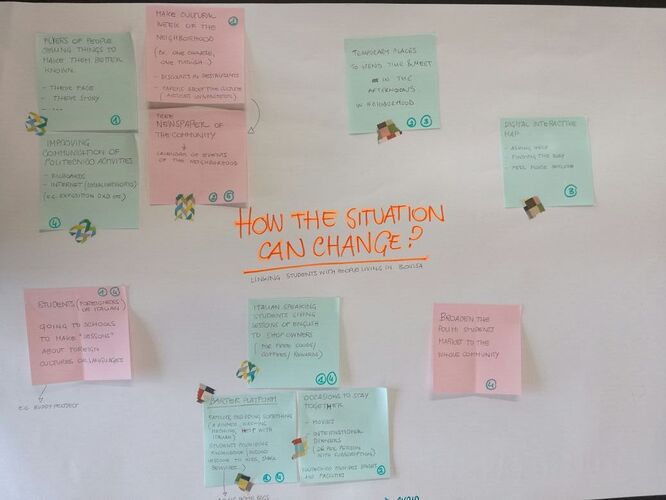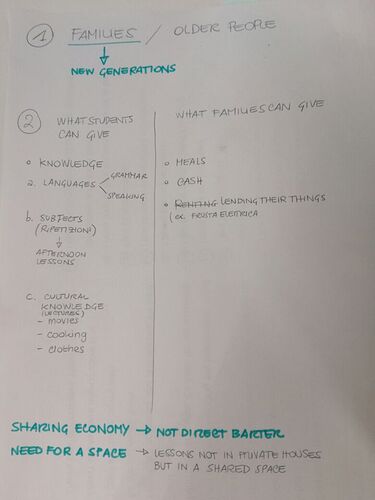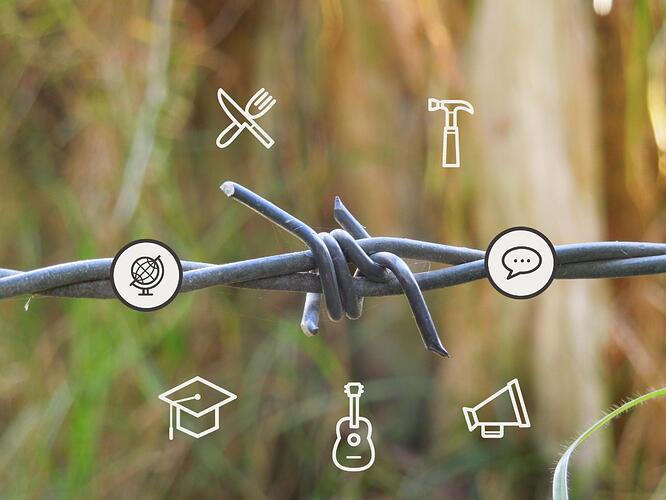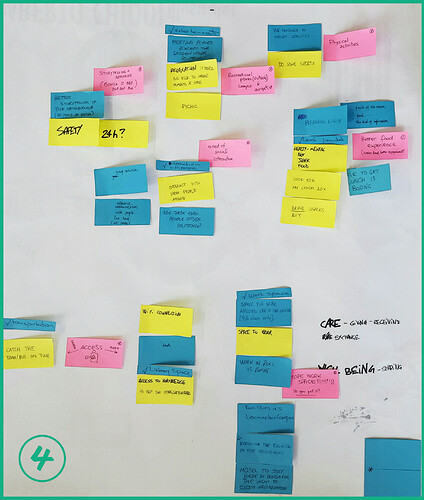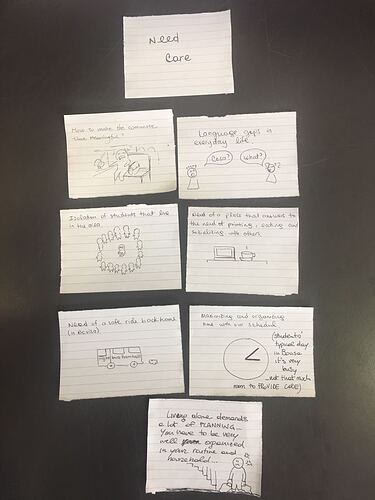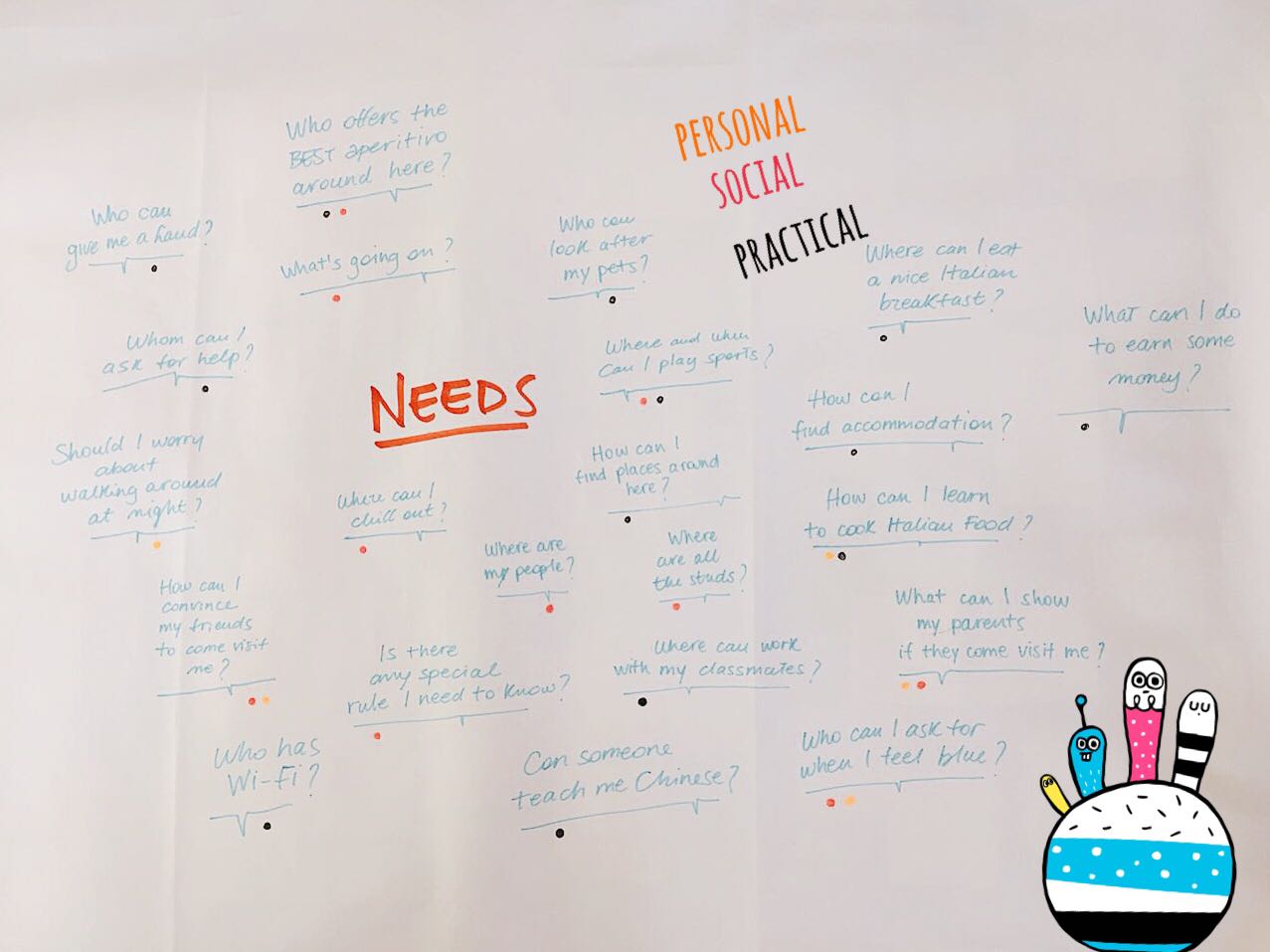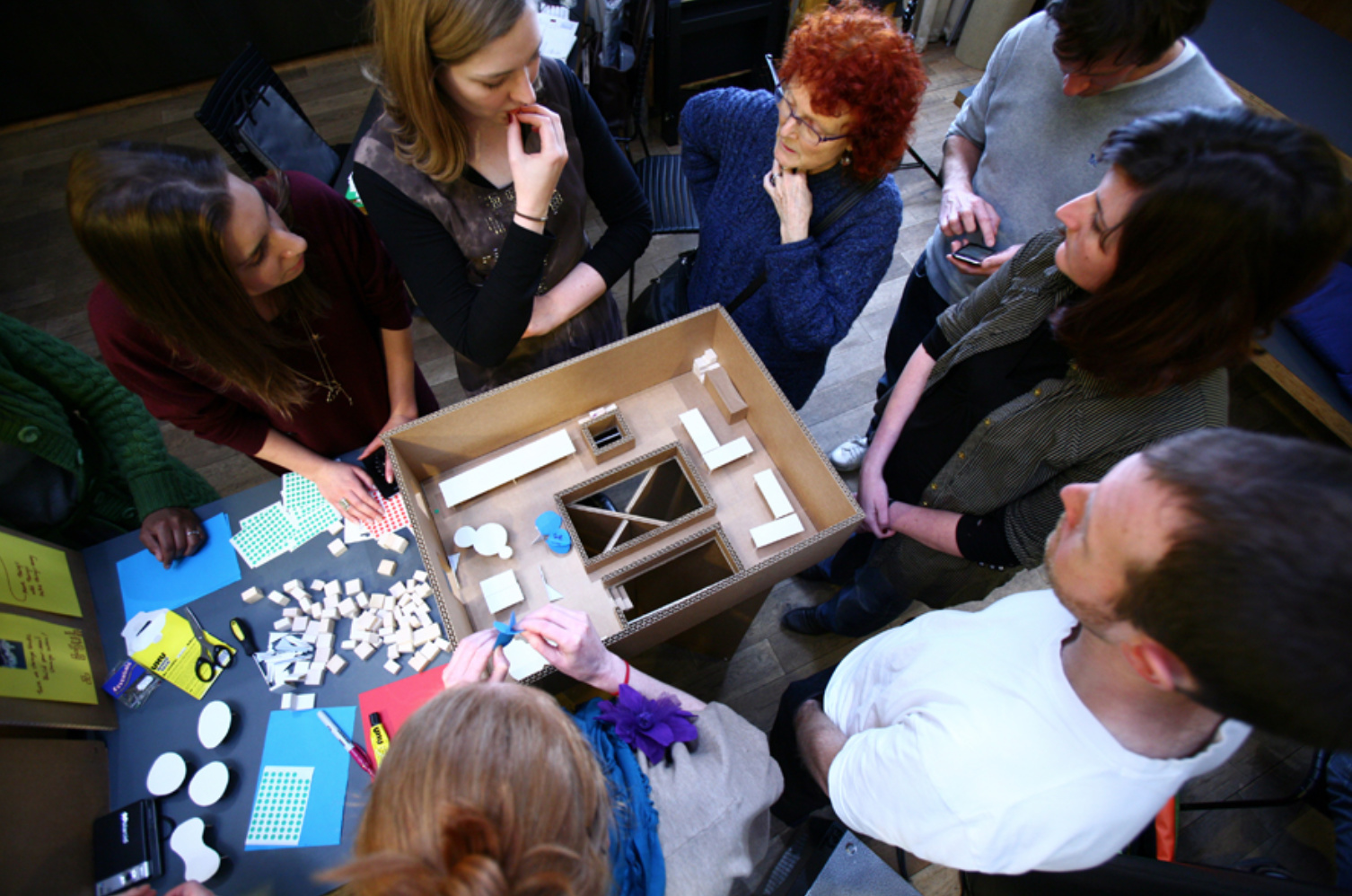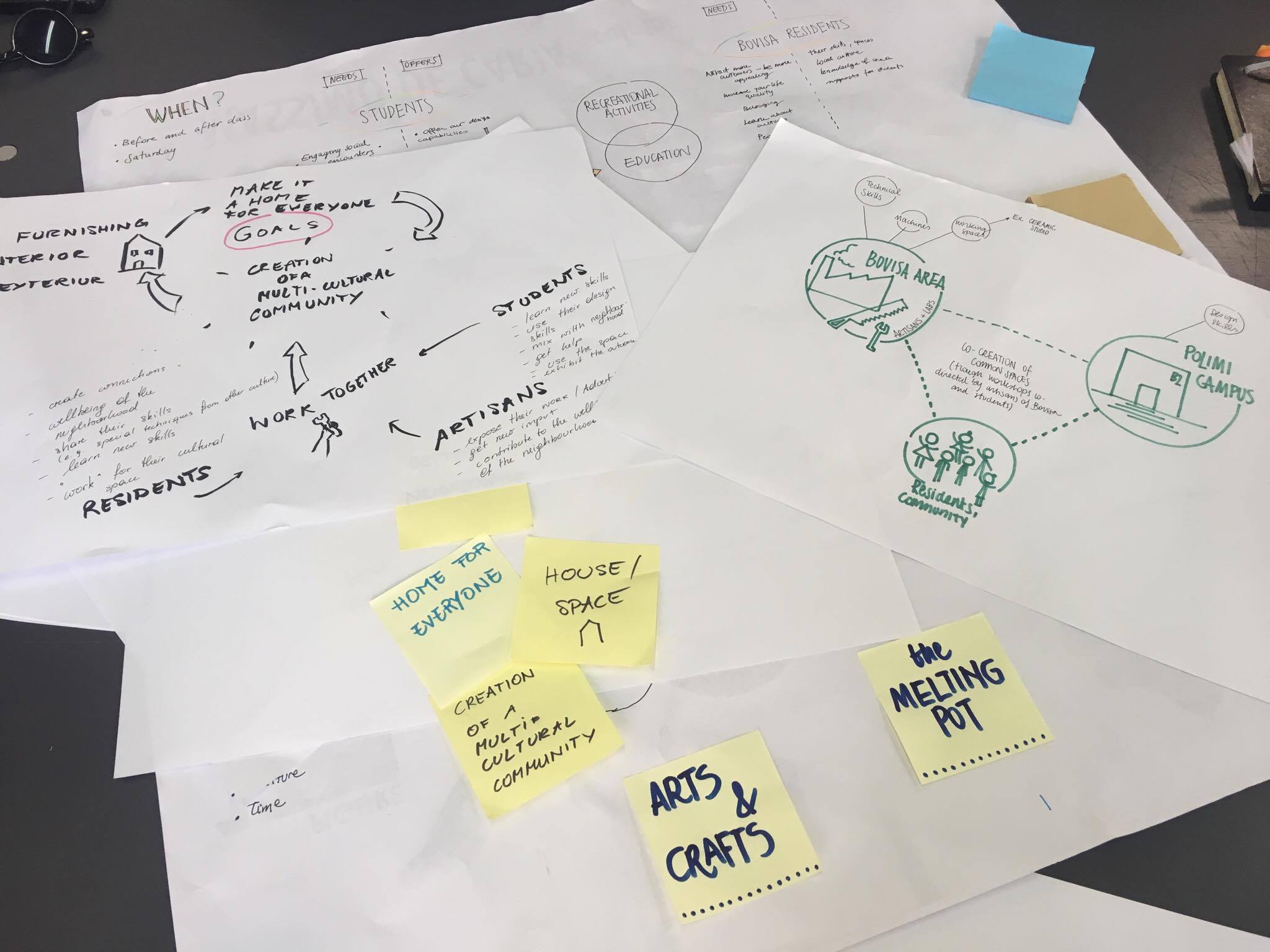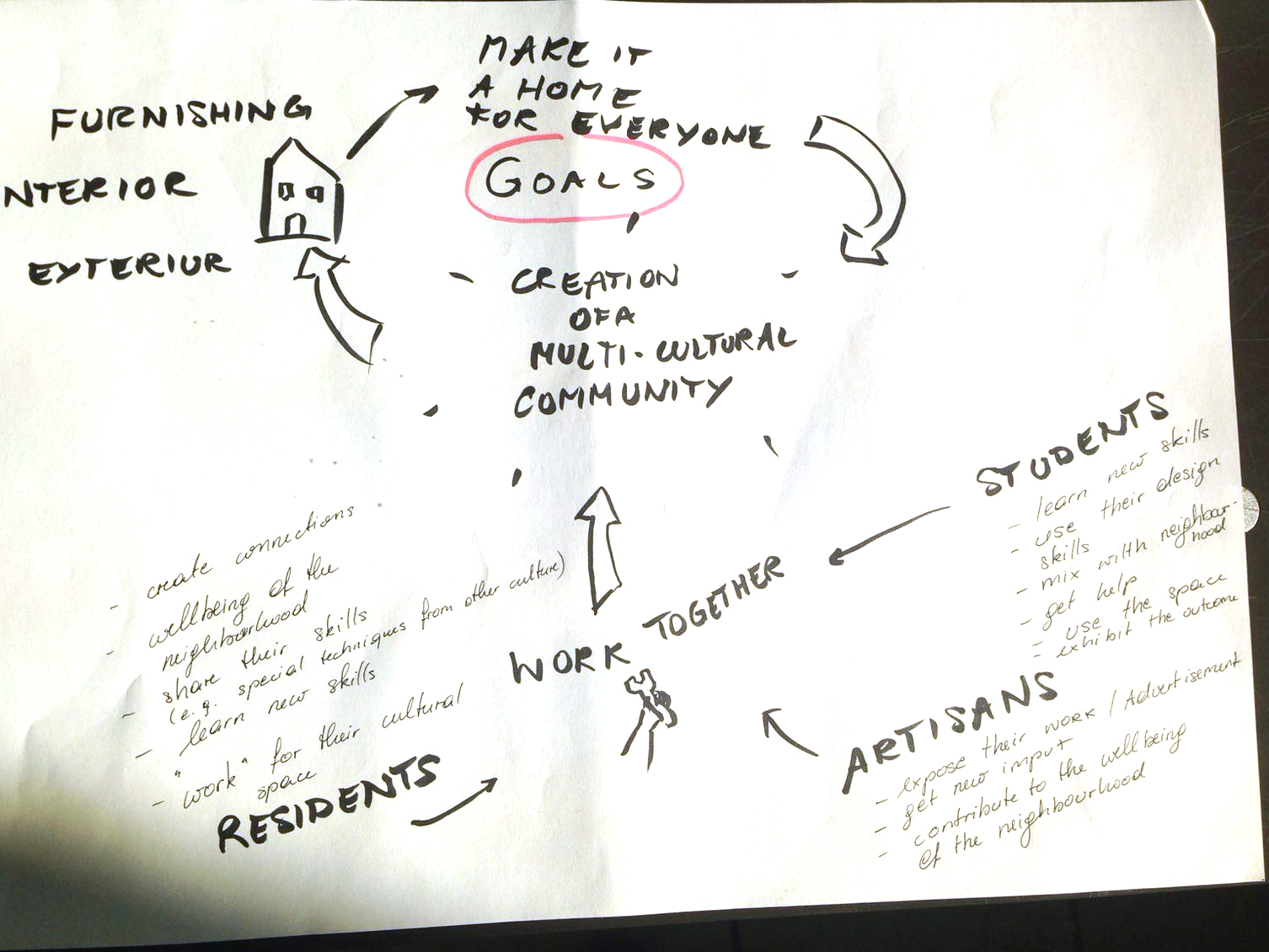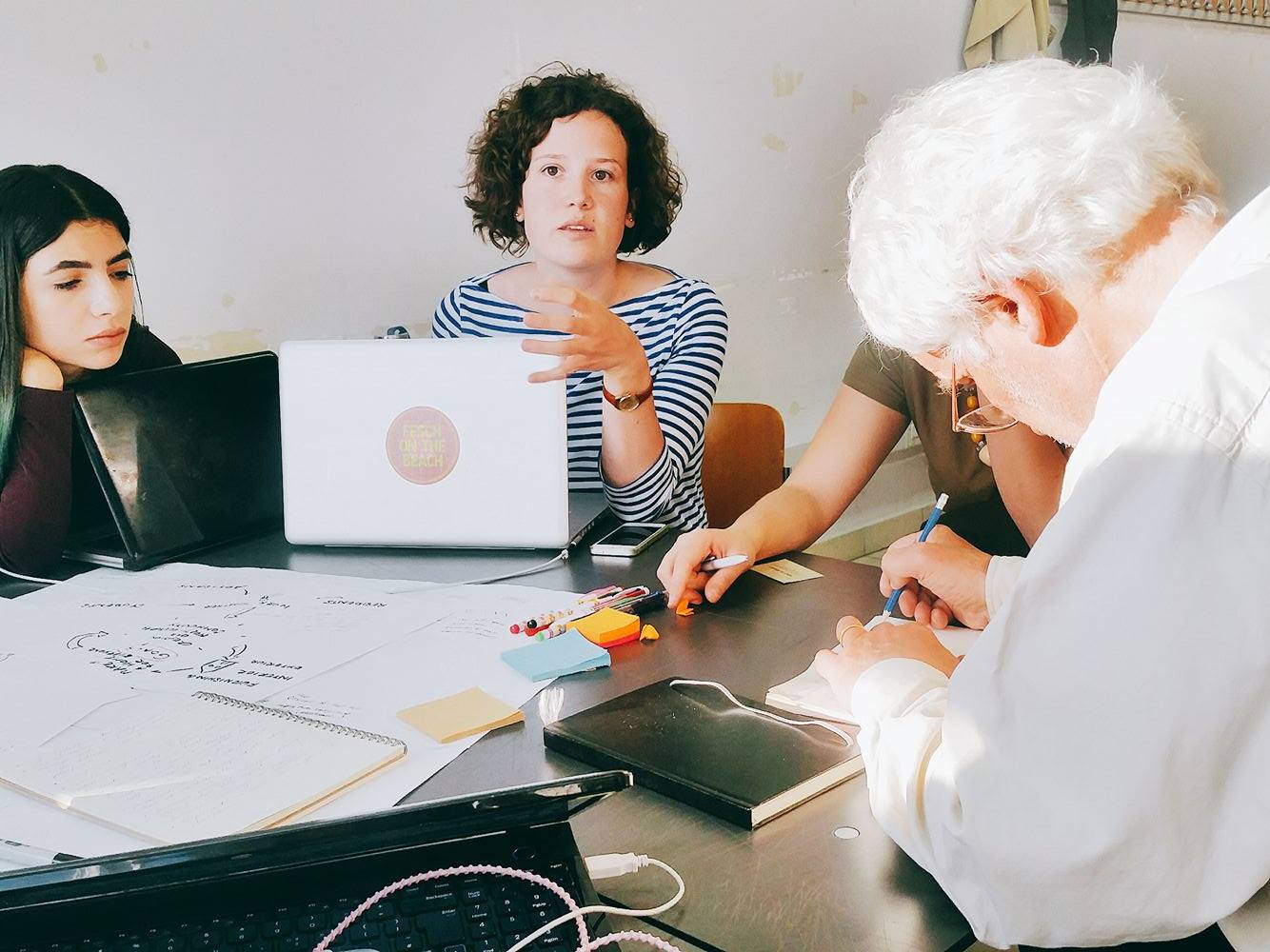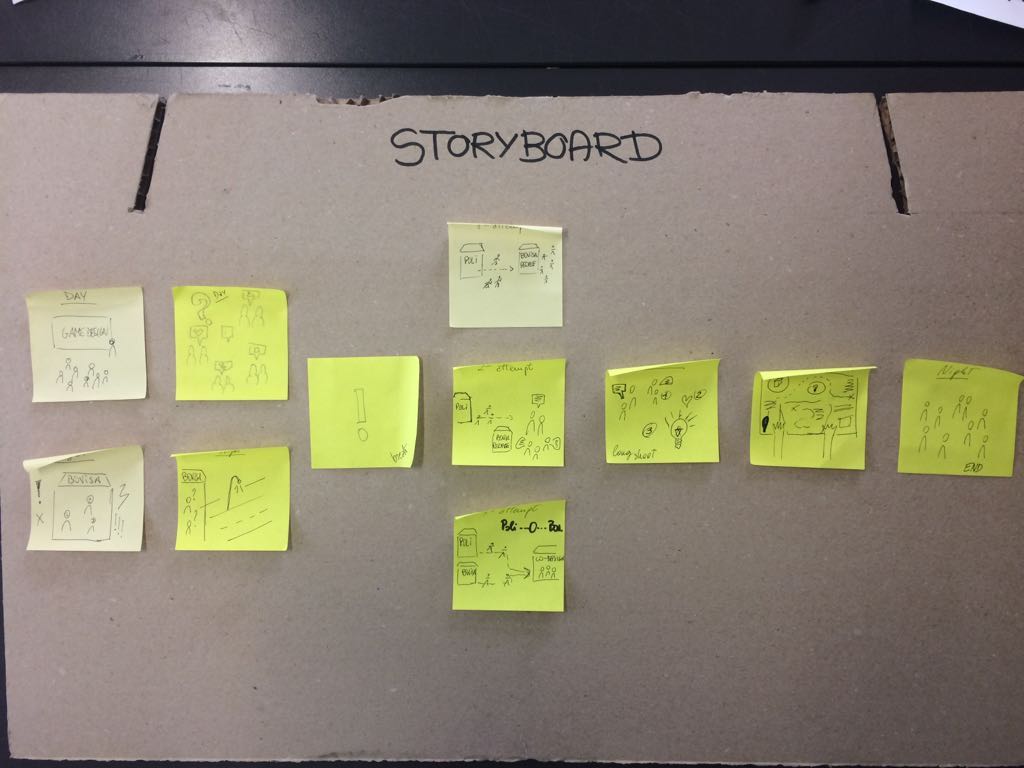Cities are experiencing a growing social crisis: lacking in social cohesion; insufficient public services; decreasing support by traditional social forms (as families and neighbours); growing sense of loneliness. The gap between the growing demand and the shrinking offer of care is the basis of the present care crisis. To overcome this crisis a brand-new care systems has to be imagined and enhanced. It is possible to imagine communities of care and their socio-technical enabling ecosystems, capable to sustain and coordinate people’s caring and collaborating capabilities and doing so, creating new forms of care-related communities.
This process exacerbates in those areas of the city that suffer sudden transformations and even more where a large chunk of the city change its function.
This was the case of Bovisa district in Milan that undergone a dramatic change in the 90s’ when the dismissed industrial area (Ex-gasometri) left place to the current Bovisa Politecnico University. In the words of one of the professor at Politecnico “it’s like if a massive alien spacecraft has unexpectedly landed”.
This is considered a general upgrading of the district but no doubt resulted in a subsequent change in the social life.
The newly established School of Design attracted some 4,000 students which increased the demand for daily, standard, low cost services. That is what today Bovisa offers for the most, since the majority of the students live somewhere else. When students are off the district it changes its face: bookshops, fast food, bars, copy centres are closed and leave the district lifeless.
There are good practices for people aggregation like the local weekly street market, the cultural association Scighera, the social initiative Coltivando or the multiservice cafè Mamusca, but students show little interactions with it. It seems a missed opportunity.
The aforementioned pushed the Politecnico University to challange itself asking “how can our student transitional community and residents develop positive interactions and give new life to the district?”.
This is what the course – PSSD 2017 Networks of Care Collaborative encounters in/around the Bovisa campus – is about.
Ezio Manzini and Liat Rogel, with Susanna De Besi wanted this to be the focus of their students’ work for this year. And they suggested the students to interact with the edgeryders community as their works progress.
Today introduction ended with the following questions to students:
Referring to your everyday interactions with Bovisa, when are you in need for care? And when are you willing to provide care to somebody else?
@Ezio_Manzini @Social_Open_Campus @Rossana_Torri @Liat @Social_Open_Campus

